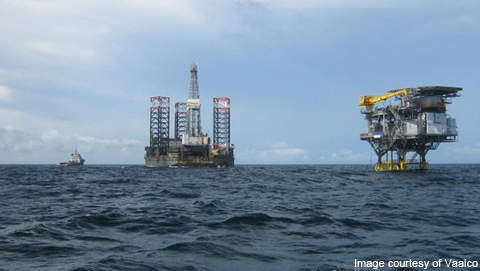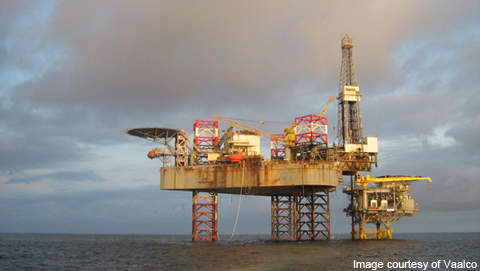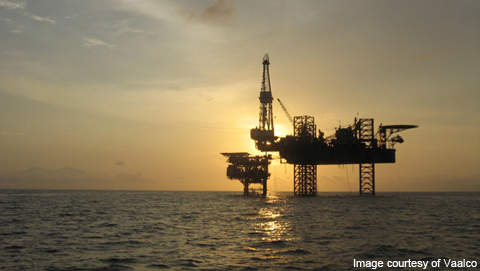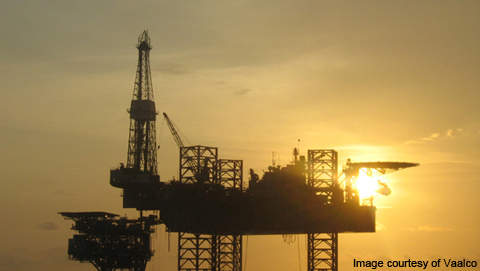Ebouri oil field is part of the Etame Marin concession located offshore Gabon in West Africa. The field lies at a depth of around 452ft and covers an area of 15km². It came on stream in January 2009.
The field is operated by Vaalco Energy’s subsidiary Vaalco Gabon Etame and lies about 18km away from another Vaalco-operated field, Etame. Partners in the field development include Tullow Oil Gabon, Addax Petroleum Etame, Sasol Petroleum Etame, Sojitz Etame and PetroEnergy Resources.
Discovery
The field was discovered in December 2003 by the discovery well Ebouri No. 1. The well struck a net oil pay of 48ft.
Geology and reserves
The Ebouri field reservoir is made of the Gamba sandstone formations. It is estimated to contain 24 million barrels of oil with an API of 36°.
Field development
The plan for development of Ebouri field was approved by the government of Gabon in September 2006. Drilling operations commenced in November 2008. Two appraisal wells were drilled using Adriatic 6 jack-up rig.
The first well was drilled south of the Ebouri discovery well and the second was drilled north-west of the discovery well. The two wells encountered additional hydrocarbons at the field.
A horizontal development well, Ebouri 2H, was drilled from the Ebouri platform on an orientation similar to that of the second appraisal well. Ebouri 2H commenced production in January 2009.
Another appraisal well, North Ebouri, was drilled by the Pride Cabinda jack-up rig and encountered 21ft of net oil pay. The well was sidetracked to optimise the location of a horizontal development well. The sidetrack well encountered 65ft of net oil pay. A horizontal development well, Ebouri 3H, drilled near the North Ebouri well began production in April 2009.
In March 2010, Vaalco contracted Sapphire Driller rig to drill another development well, Ebouri 4H. The well was completed in April 2010 and commenced production in May 2010.
The Sapphire Driller also installed two electrical submersible pumps at the Ebouri 3H well to boost production rate to 3,000 barrels per day. The rig was later moved to commence drilling operations at the Omangou prospect.
Ebouri platform
The Ebouri wellhead platform is a fixed structure installed in August 2008 at a depth of 250ft. It features a steel jacket with four 123m-long 42in diameter tubular piles and three well slots.
Petroleo Nautipa FPSO
The Petroleo Nautipa FPSO is operating at the field under a long-term contract with Fred.Olsen Production until 2015. The FPSO has a dead weight of 141,330t and storage capacity of 1.1 million barrels. It features an eight point spread mooring system.
Export
Oil recovered from the Ebouri field is sent to Petroleo Nautipa FPSO located at the Etame field through a 10km pipeline.
Contractors
Global Industries was awarded a $36m contract to transport and install the Ebouri platform. The company also installed the 10km pipeline between the platform and the FPSO as part of the contract. Global Industries used its heavy lift barge, DP Hercules, to carry out the installation works.
Large Diameter Drilling (LDD) won a $2m contract to drill and grout the four piles of the Ebouri platform jacket. LDD reconfigured PBA 612, a 22t drilling rig, to carry out the drilling operations. The company designed and developed drill bits to ensure smooth operation at the field, which featured varying ground conditions. FoundOcean carried out the grouting work on the project.
Enautix was involved in the loadout and transportation of the Ebouri platform. The company also carried out rigid body and finite element analysis of the platform using its MOSES technology.











